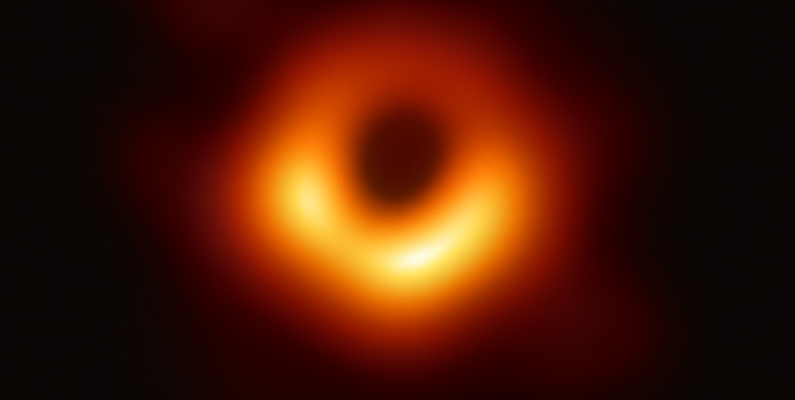
Welcome to the Sky Guide, your monthly guide to what's happening in the heavens!
Check out the printable version here: the-sky-tonight-june-pamplet.pdf
|
MOON MARAMA PHASES: |
SUN RĀ RISE / SUNSET |
|||
|
Phase
New Moon 1st Quarter Full Moon 3rd Quarter |
Date
Monday 3 Monday 10 Monday 17 Tuesday 25 |
Saturday 1 Saturday 15 Sunday 30 |
Rise
8.08 am 8.17 am 8.20 am |
Set
5.02 pm 4.58 pm 5.02 pm |
|
Planets Whetū Ao: |
|
|
|
Saturn Pareārau 1 June 15 June 30 June |
Jupiter Hine-i-tīweka 1 June 15 June 31 June |
Jupiter will be in opposition on 10 June, which means this month will be great for viewing the gas giant. When a planet is in opposition, it means that it is directly opposite the sun, with the Earth in between. |
|
In Sagittarius |
In Ophiuchus |
The five brightest planets in our solar system are Mercury, Venus, Mars, Jupiter and Saturn. These have been known since ancient times and can be seen with the naked eye. They are visible through much of the year, except for a short period when they are too close to the sun to observe.
JUNE HUNE HIGHLIGHTS
Messier 87 black hole
In April of this year, scientists unveiled the first ever photograph of a black hole (cover image). This monumental image reveals the supermassive black hole in the centre of Messier 87, a galaxy 55 million light years away from Earth in the constellation Virgo.
The photo is compiled from more than a petabyte of data (1000 terabytes), collected from six telescopes scattered across the globe. It took the 200 scientists behind the Event Horizon Telescope project nearly two years to create the now famous photo.
The team hopes to next capture an image of the huge black hole at the centre of our own Milky Way galaxy known as Sagittarius A* (pronounced “A-Star”). While Sagittarius A* is about 2000 times closer to us than the Messier 87 black hole, it is also about 2000 times smaller. That, combined with the angle from which we view Sagittarius A*, will make imaging it difficult.
While we cannot see the Messier 87 black hole without the equipment used during the Event Horizon Telescope project, we can see the Messier 87 galaxy with a small telescope (6cm aperture). Looking north-northwest in the sky, you should find three bright stars that make a triangle: Spica (the brightest star in Virgo), Arcturus (the brightest star in Boötes), and Denebola (the second brightest star in Leo). Between these stars you’ll find a dimmer but still prominent star called Vindemiatrix. Messier 87 is located nearly halfway between Vindemiatrix and Denebola.
Looking back in time
We need light to see. Light bounces off objects around us and when that light hits our eyes it is processed by our brains into images. You may have heard that looking up at the stars is a bit like looking back in time. That’s because when we look at objects that are very far away, that light we see was emitted from that object some time ago. Light from the sun takes eight minutes to reach us here on Earth, but for many objects in our sky, light can travel thousands of years before it hits us.
A light year is a measure of distance just like a kilometre – it measures the distance that light can travel in a year. Light travels at a speed of 299 792 kilometres per second, so it can travel incredibly far in a year (1 light year is 9.5 trillion kilometres).
The nearest star to Earth is Alpha Centauri, which is 4.37 light years away. So even though light travels incredibly fast, it still takes over 4 years for the light from our closest star to reach us. If we look up at Alpha Centauri this month, we will be seeing it as it was in March 2015, because the light it emitted at that time has only just reached our eyes.
To find Alpha Centauri, look high in the sky while facing south and find two bright stars close to each other. The redder, more eastern star is Alpha Centauri, our closest neighbour.
Winter solstice
This year the winter solstice, also known as midwinter, will take place around 4am on Saturday 22 June. It occurs when one of the Earth's poles is at its maximum tilt away from the sun, and marks the day with the shortest period of daylight and the longest period of night of the year. Astronomically, it denotes the point in time where days will begin to get longer and nights shorter.
The long nights of winter are great for stargazing. More hours of darkness mean more time to see objects of the night sky, such as planets and constellations. What better way to mark the longest night of the year than with an evening of stargazing! Skip the nail-biting over the weather forecast and join us for an evening under the stars in our planetarium, where you’re guaranteed clear skies. Following the show we’ll visit the Beverly-Begg Observatory with the Dunedin Astronomical Society to learn about observing the night sky, how to take stellar night sky photos, and how to hunt an aurora.
Solstice Under the Stars takes place at 6pm on 21 June (the closest evening to the actual solstice). Tickets are available through our website or from the Museum Shop. Admittance to the planetarium is restricted to ages three years and over.
www.otagomuseum.nz
Top image: Messier 87 black hole by Event Horizon Telescope CC BY.
